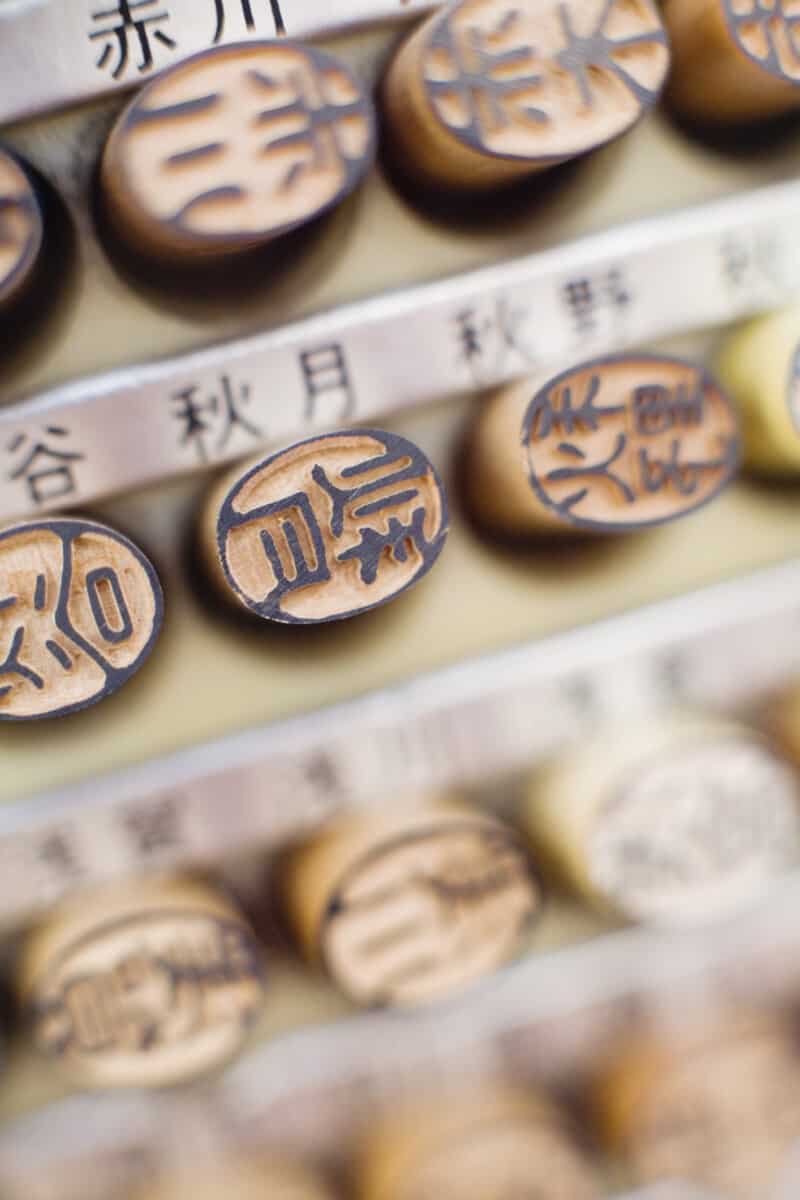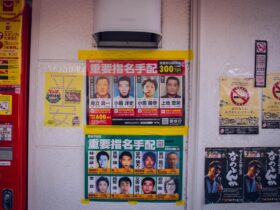In most western countries a signature or digital signature is all that’s required on most official documents and contracts. In Japan, official documents require a personal stamp called Hanko or Inkan. Personal seals are sometimes used in other Asian countries such as South Korea and China.
Most people in the west are unfamiliar with what exactly a Hanko is and how is it used.
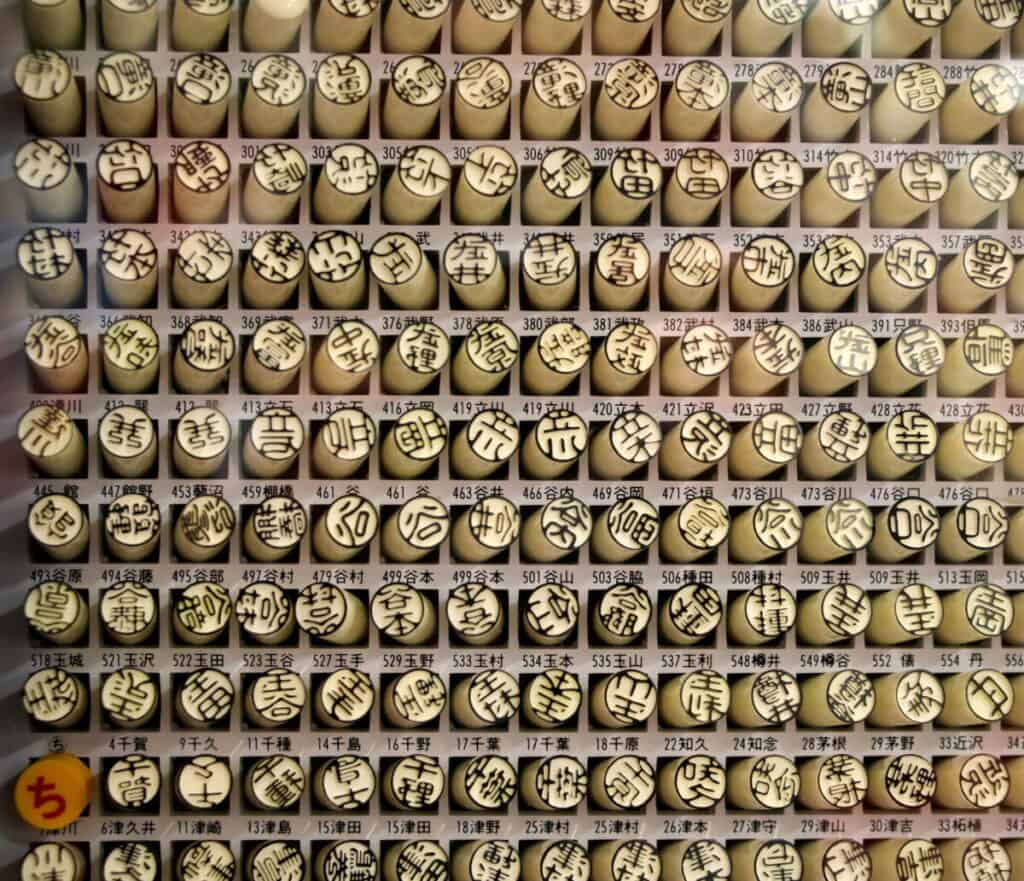
Hanko (or hankos) are Japanese stamps made of wood, stone, or plastic that is engraved with the name of a person, office, or institution and used in official transactions instead of a signature. Inkans are another name for the Hanko and are sometimes used in its place name.
Hanko’s are needed on important documents or contracts when a signature is required, banking and lending institutions may require them, and receiving a package are only three examples. Depending on the scenario, the need for a Hanko, as well as the sort of Hanko, may vary.

In recent years some larger banks in Japan are moving away from the Hanko/Inkans and opting for clients to just sign as it’s often done outside of Japan.
In some cases, such a government documents your seal may need a higher level such as an Inkan Shomeisho.
Inkan Shomeisho is a Stamp Certificate Of registration (also known as an “Inkan Toroku Shomeisho”) is a duplicate of the registered seal’s impression. Even if you have the seal on you, this certificate will not be approved if you have your Seal Registration Certificate.
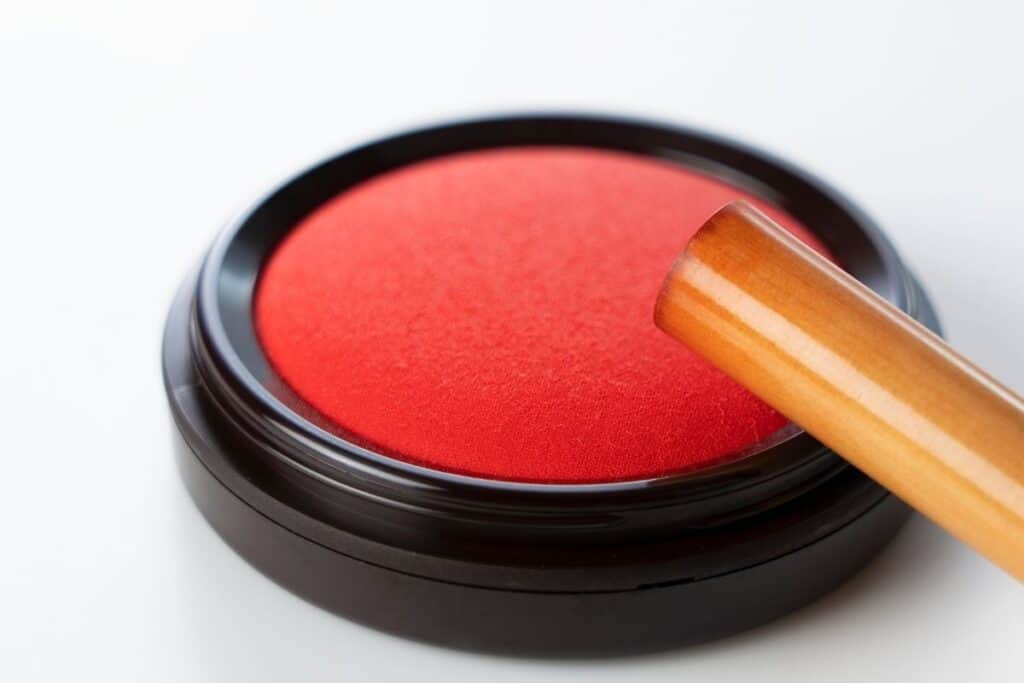
Obtaining your Inkan Toroku is a pretty straightforward process and a small fee is involved.
After completing a stamp registration, you will be given a “inkan torokusho” or “inkan toroku card” (a stamp or seal registration card). By displaying your seal registration card, you may acquire “inkan shomeisho” (certificate of a seal registration) for a modest charge whenever you need it.
If you’re living in Japan and find that you need a Hanko it’s an easy and quick process.
You must apply for your Inkan registration in person at the city/ward administration where you have registered your home address. The registration is finalized on the same day as the application, and the Inkan Certificate is then issued.

Most foreigners are understandably confused about whether or not they need a signature stamp or can they get by without it.
A hanko for banking services is known as a ginko-in. Rather than registering it with the municipal hall, you just register it with your bank(s)…. While Japanese clients are usually obliged to register a ginko-in when opening a bank account, most non residents are not required.
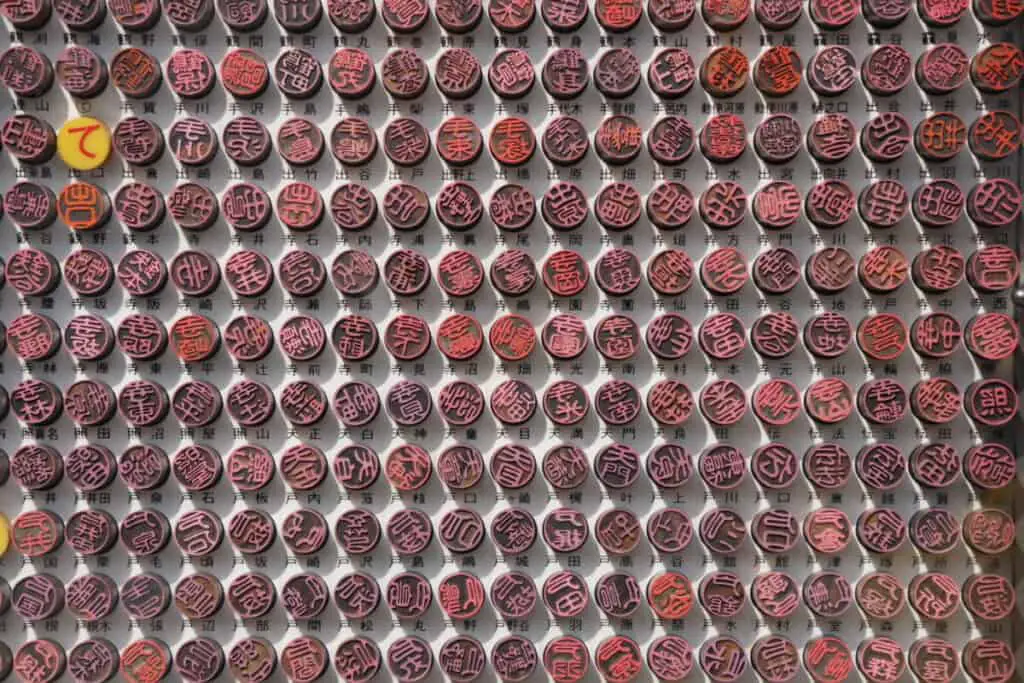
Some banks will bend the rules about needing the ginko-in but most will not. For long-term visitors, workers, students or those wanting to become ex-pats in Japan it is important to get one made.
As an immigrant, you have the option to create Hanko with whatever character you choose. Japan uses Katakana to write foreigners’ names, but you may use any Japanese character or even Romaji (English letters) for Hanko. Non-Japanese kanji names are chosen based on how their names are pronounced.
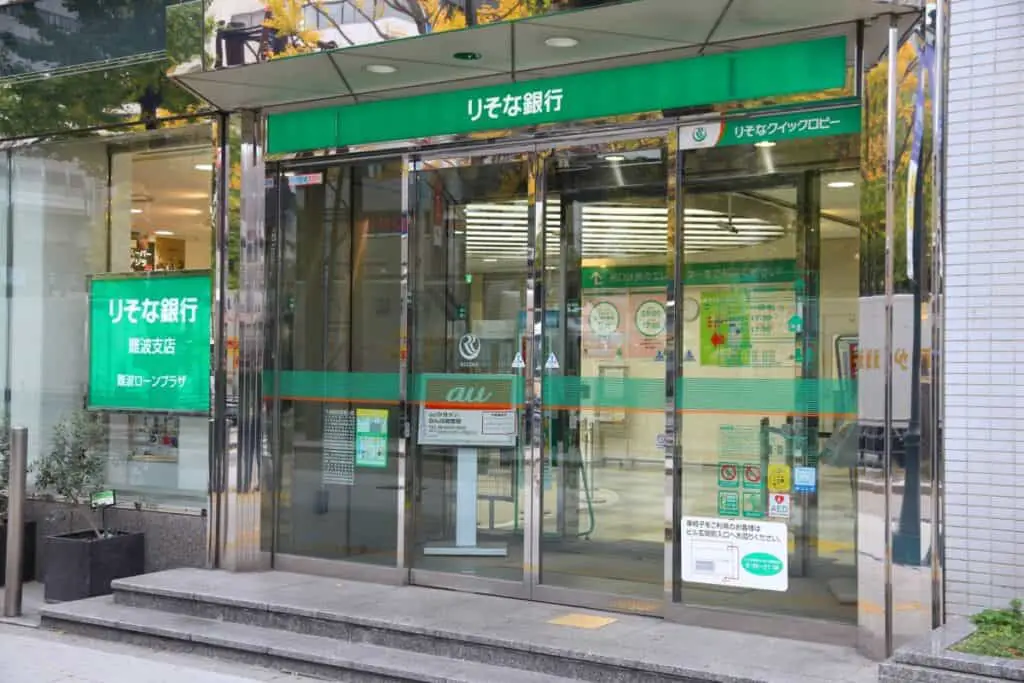
Typically since Hanko has very limited space for lettering English lettering will most likely be your initials.
If you just want to purchase one while visiting Japan and not for official reasons it’s simple too.
Tourists visiting Japan who want to make a souvenir hanko as a memento can use vending machines at certain Tokyu Hands outlets to get a bespoke seal in 30 minutes for about $10 USD.
Opening a bank account at an international bank might be preferable.
As a general rule to open a new bank account, you won’t need a hanko; your signature will sufficient. The fact that telephone and internet banking are both in English is perhaps the biggest comfort. They also provide a savings account with a separate foreign money account option.
If you don’t have easy access to a larger international bank in your area and opt for a smaller local bank in Japan then you will need a few items.
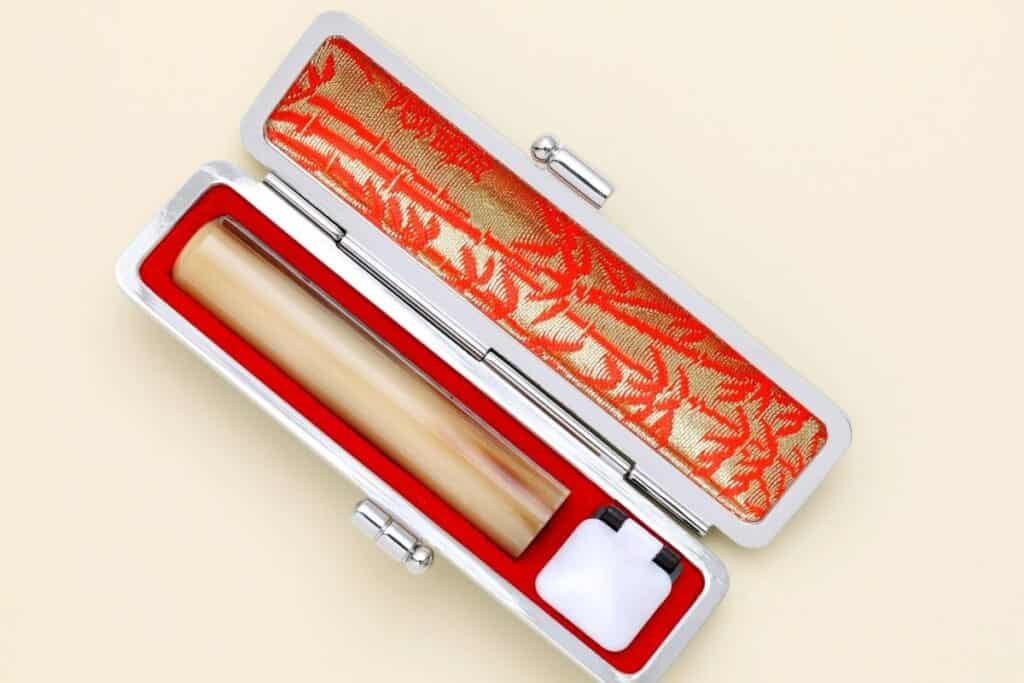
It is quite simple to open a bank account in Japan. Your Residence Identity card (Zairyu Card in Japanese) and your inkan or hanko (personal seal) are required.
There are actually four types of Hanko for documents for individuals.
Ginkin (used at the bank when opening and closing an account and for withdrawals), Jitsuin (means “real Hanko,” and is used when signing contracts or getting official certificates), Mitomein (Hanko for acknowledgment).
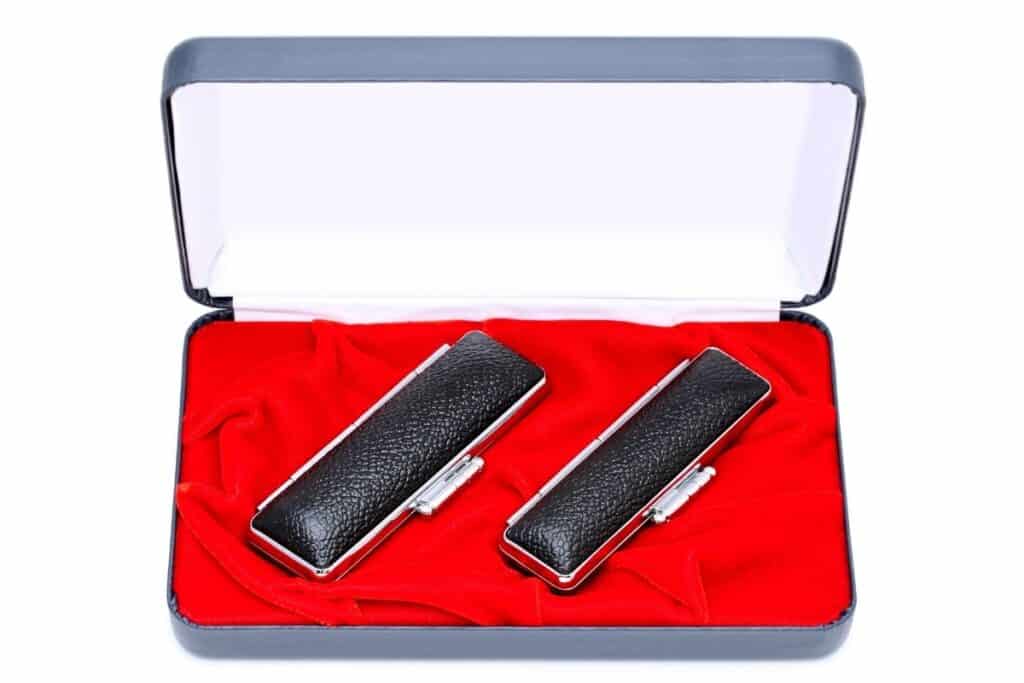
Sanmonban (“cheap” Hanko, which is also used for acknowledgment) are the four types of Hanko for individual use. These are the four most important Hanko for personal usage. If you own a business, individuals may also need to create a Kaishain (company Hanko).
Four Types Of Hanko In Detail
Ginkōin (銀行印)
When you create a bank account, the bank maintains your Inkan and asks you to bring your Hanko when you transfer or withdraw large amounts of money (usually more than 500,000 yen at a once, but this varies by bank) or terminate the account.
Jitsuin (実印)
A type of hanko that is certified with the city hall or a ward office. You may receive a certificate proving that your Hanko is yours if you once registered. When purchasing large things like a house or a car, this seal is required. You must present the certificate together with the Inkan when making a contract purchase of these types of products.
Mitomein (認印)
Hanko of this type is the most common. Mitomein is a Japanese word that meaning “to acknowledge.” You may use this type of Hanko to prove that you’ve seen paperwork at the company, or that you’ve received registered mail or packages at home, in an application form, in a gym application, and so on.
Sanmonban (三文判)
This sort of Hanko is also available for common Japanese surnames at 100-yen stores. Sanmonban is a low-cost alternative of Mitomein. Shachihata, a rubber-made stamp-type Hanko with built-in ink. This is a low-cost Hanko, simply referred to as a self-inking Hanko because it’s so popular and easy to buy.
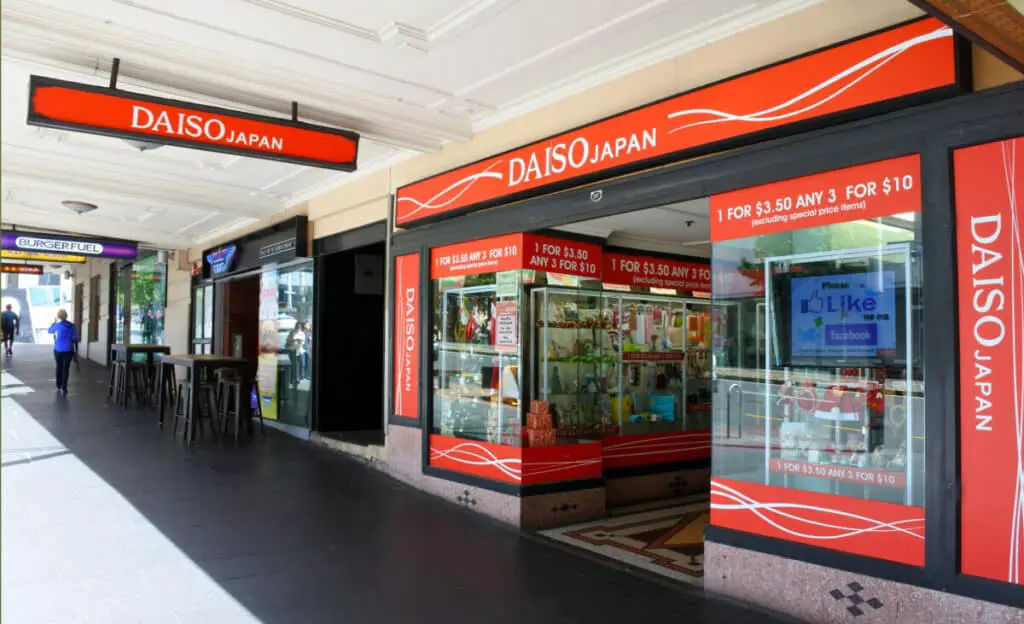
Buying a Hanko online might be a great option if your planning on doing business in Japan upon arrival. Many contracts will require a personal name Hanko. Here is a great online shop to buy before you travel.
In the case of foreigners, you have the option of using any portion of your name (family name, first name, or both complete names) for any sort of Hanko. However, because the space in Hanko is so small, it is not recommended to include your middle name. Some local governments may not allow the use of a middle name for Hanko registration as middle names do not exist in Japan.

